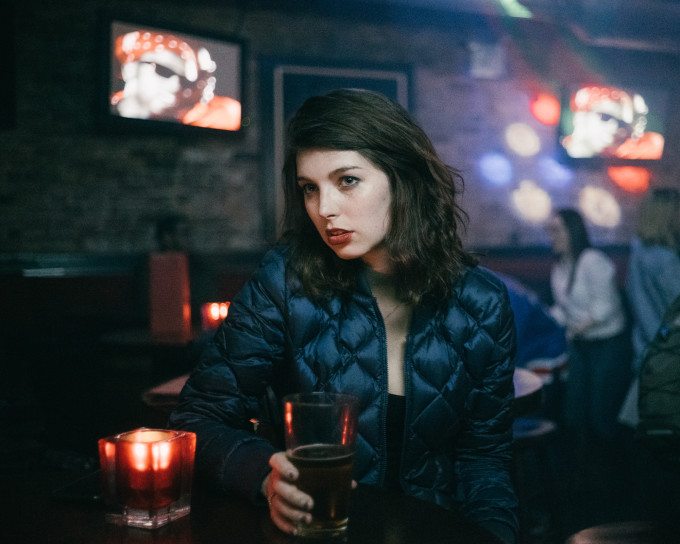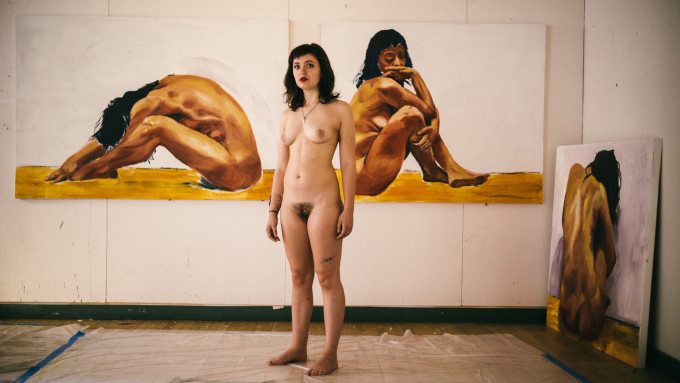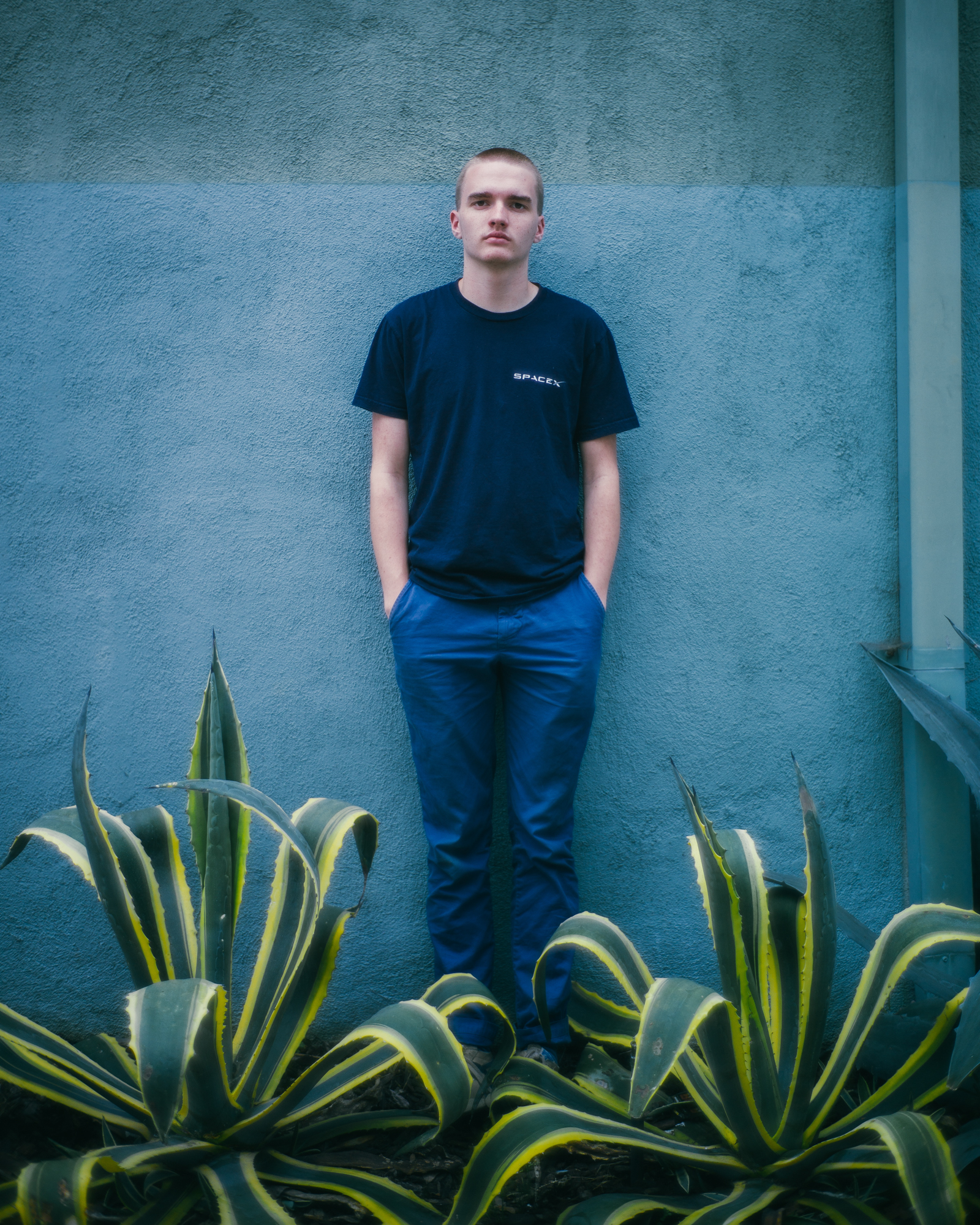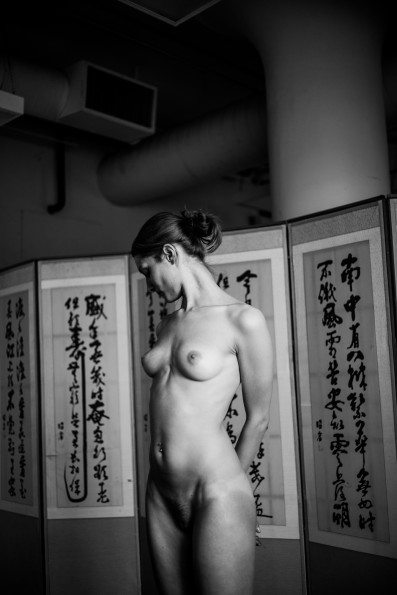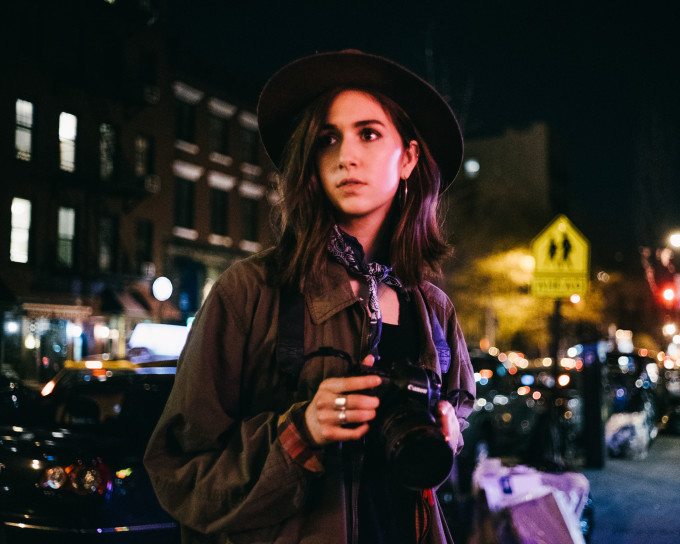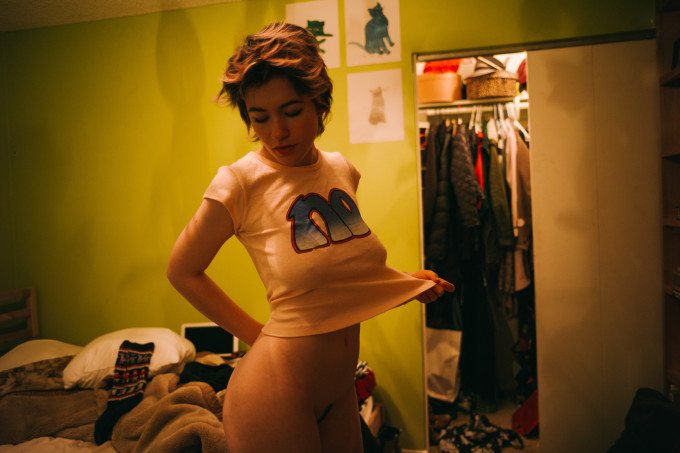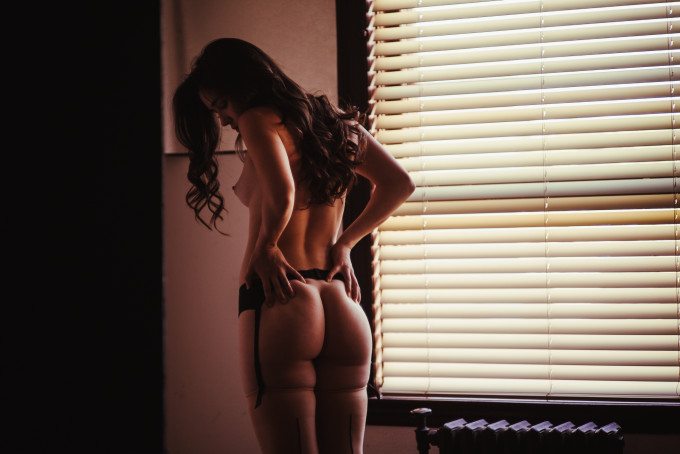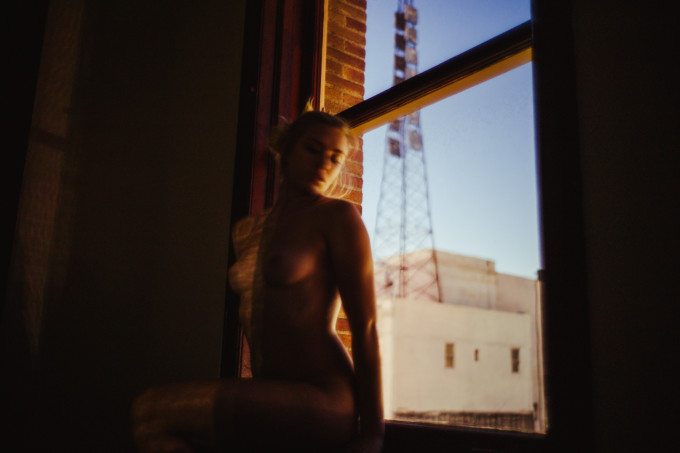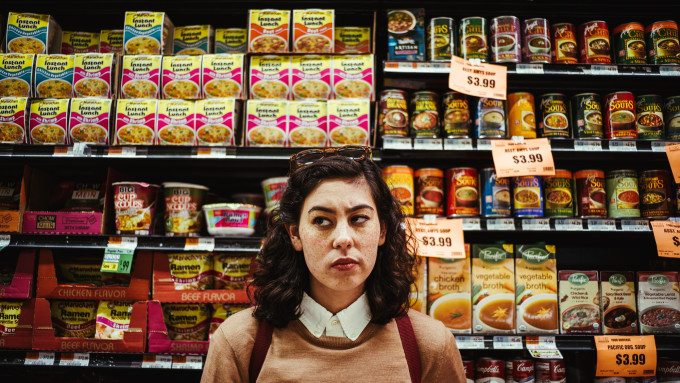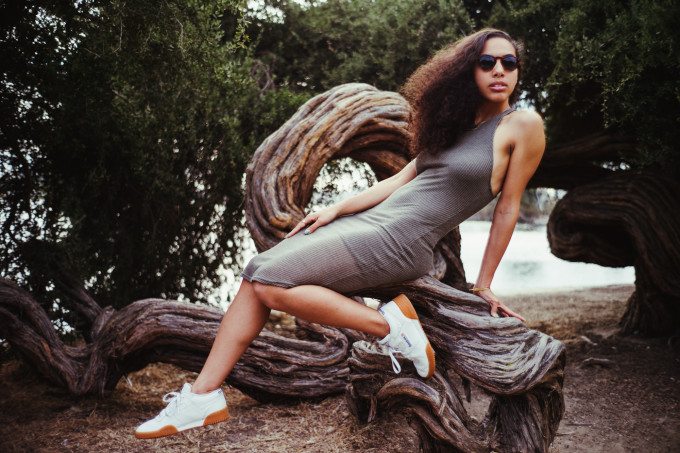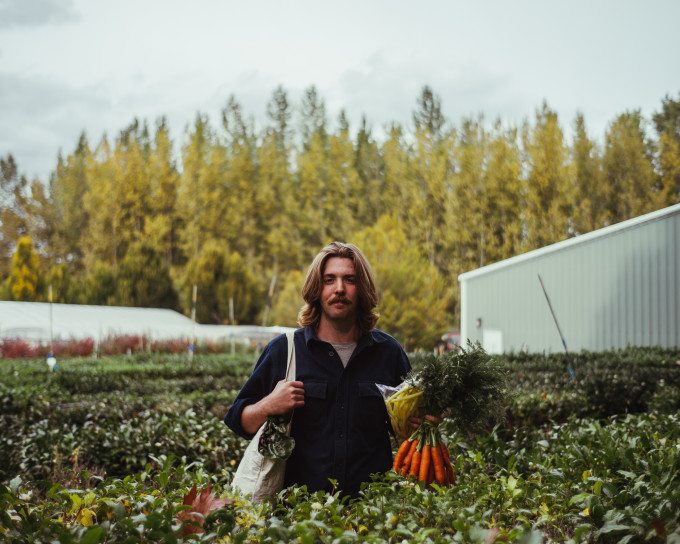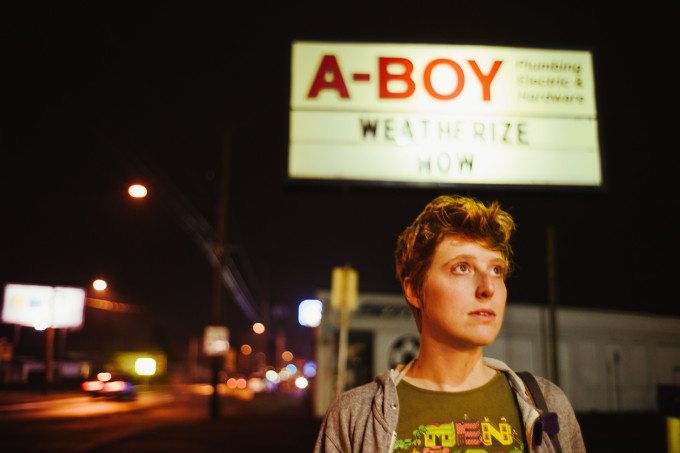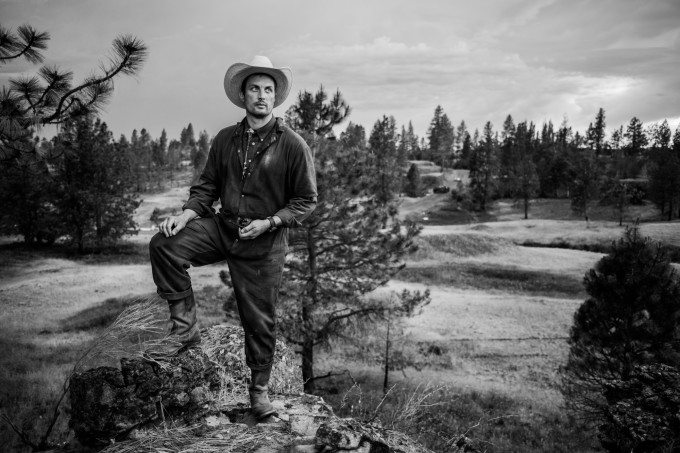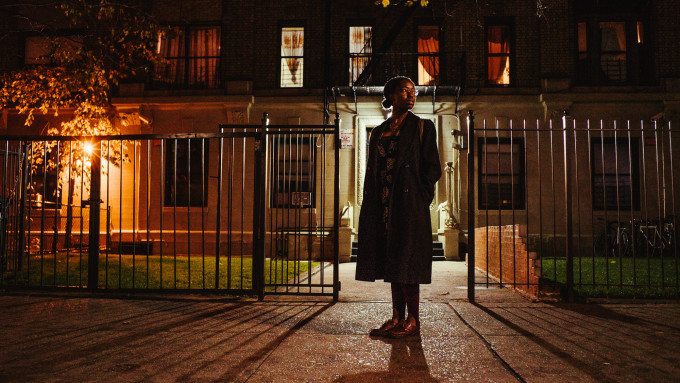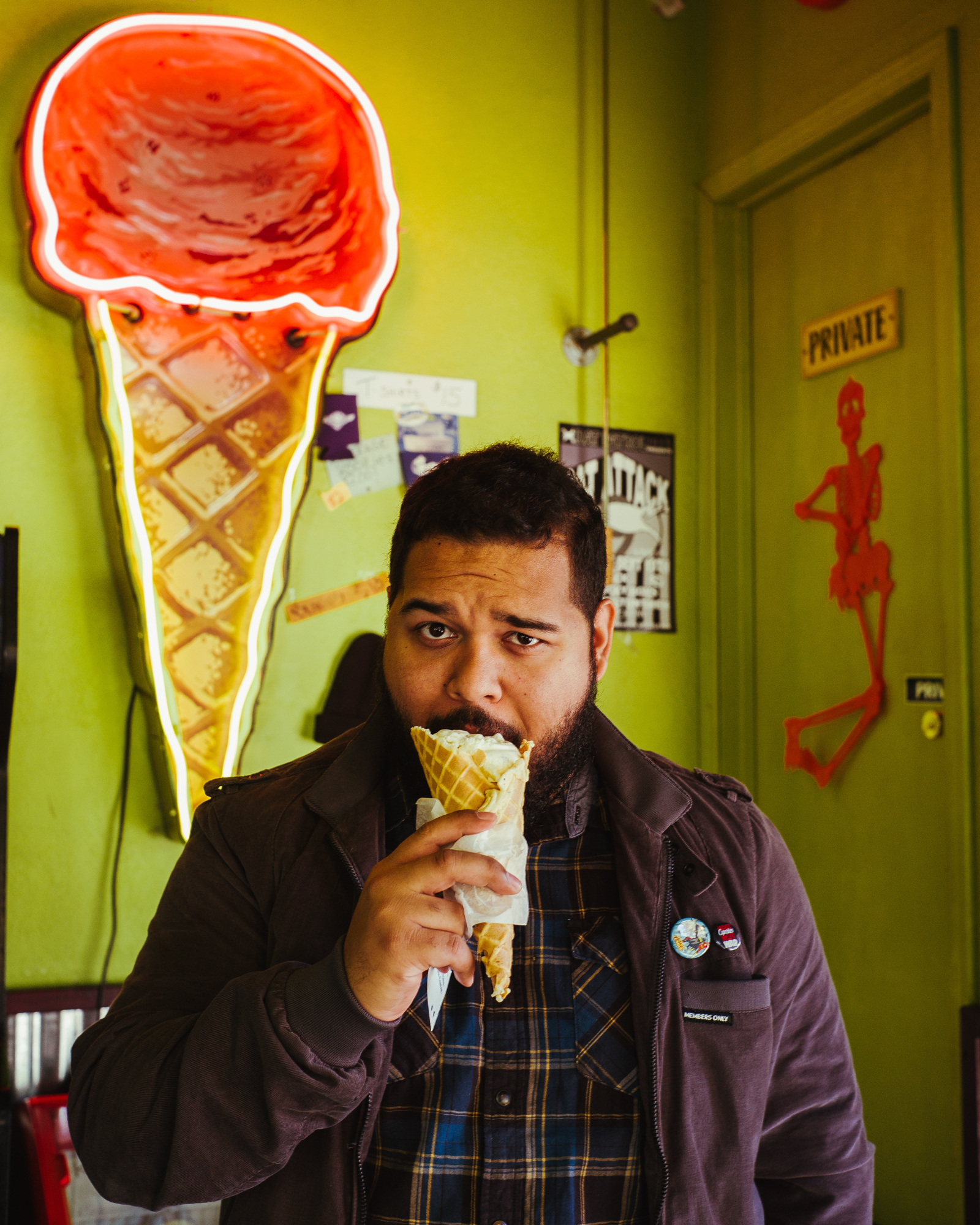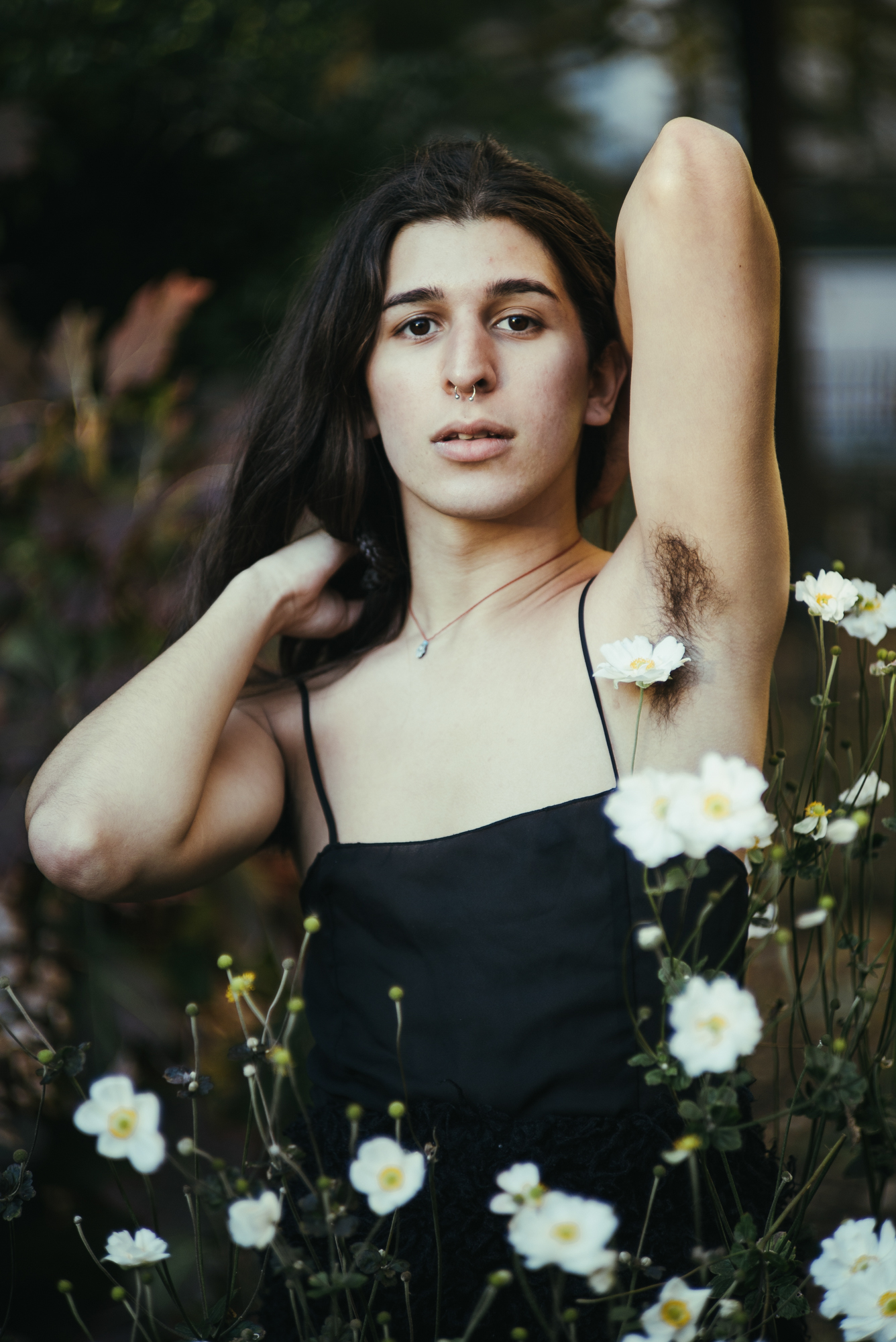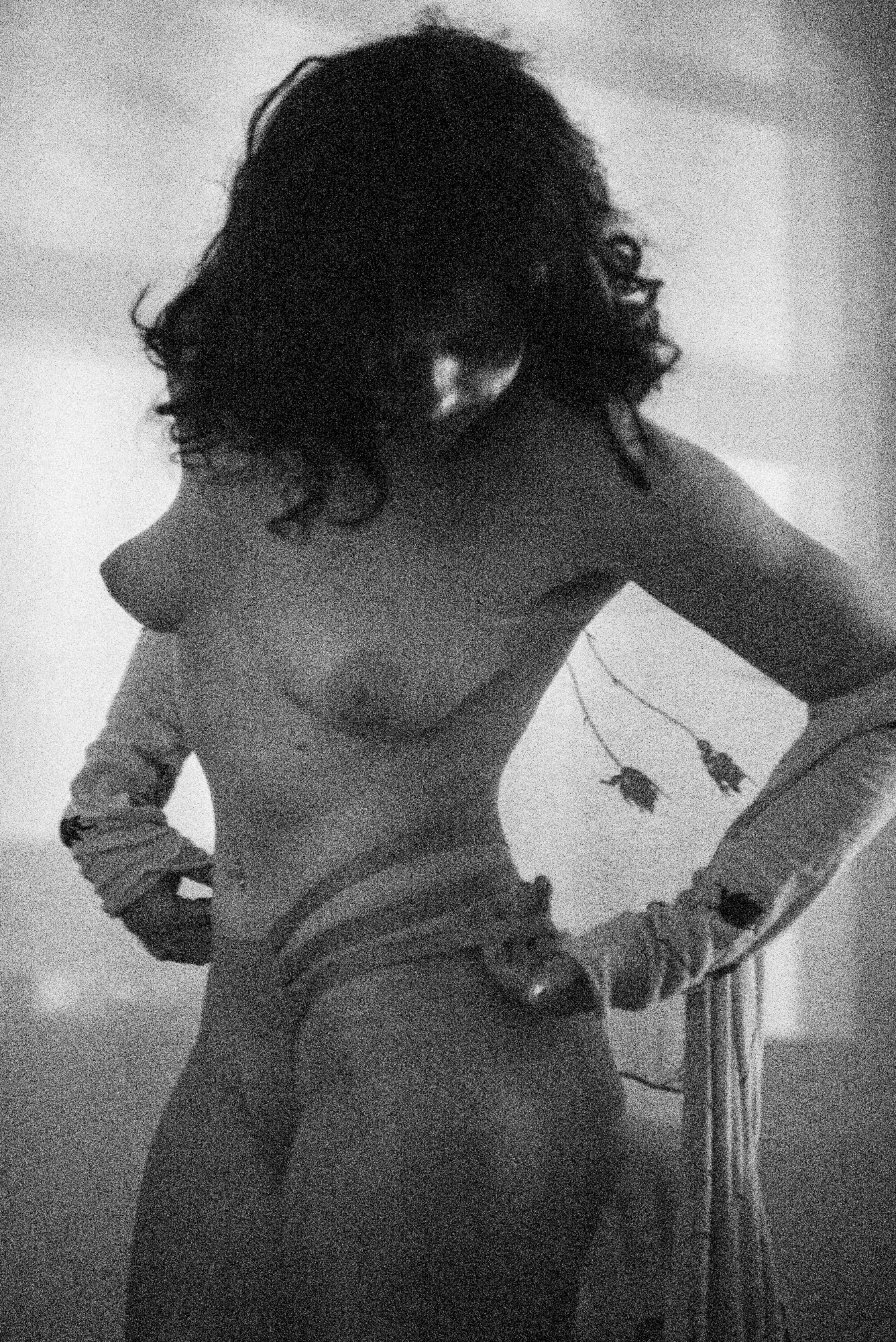Last Updated on 11/11/2021 by Chris Gampat
All images by Daniel Schaefer. Used with permission.
If you’re not familiar with who photographer Daniel Schaefer is, then what you should know first and foremost is that he is probably one of the most driven, self-motivated and determined photographers under the age of 30 that I’ve ever had the pleasure of meeting. He’s been featured on Japan Camera Hunter and also here on the site before. Daniel has worked for Leica and so many other companies in the industry; he demonstrates the drive that it takes to survive in the creative world.
For the past couple of years, he’s been shooting, studying and honing his craft in the photography space. He’s also become significantly better at portraiture.
To book a portrait session or one on one custom tailored workshop with Daniel, visit his website.
Phoblographer: Talk to us about how you got into photography?
Daniel: I come from an artistically diverse family–musicians, writers, filmmakers and photographers alike. My father spent a good deal of his life as a working photographer, and my uncle Frank Schaefer is a professional photographer and studio lighting specialist, so luckily when my interest blossomed I had more than enough access to the equipment that I might need.
Through all of high school I was a theater student in an incredibly rigorous program, 5-6 hours a day studying musical and dramatic theater. In 11th grade my teacher asked the class if anyone could take headshots of the rest of the class for a show program, and knowing I could borrow a camera from my father, I volunteered.
The next day I came to school with a Nikon D70 and 50mm lens, shot all the headshots enjoying the experience thoroughly, and afterwards spent the day wandering around school and my neighborhood taking more and more pictures, really enjoying the newfound outlet.
The next day I left the camera at home, and every ten seconds was thinking to myself “Oh that would be a cool shot” “Oh THAT would be a cool shot!” so after that, I carried the camera around my neck every day, and I haven’t left the house without it slung at my side since.
Phoblographer: What got you into portraiture?
Daniel: I’ve always enjoyed the sense of inherent narrative that portraiture can allow a photographer. By the very nature of a person being included in the frame the viewer begins to contextualize; creating a story in their own mind of what is occurring within that frame. I always enjoy loading as many little details into the image to help steer the viewer into the intended story that the subject and I are trying to tell.
Phoblographer: Where do you typically get your creative vision from?
Daniel: For my portrait work especially, I enjoy collaborating with the subject involved in order to create images that have a narrative that they enjoy as much as I do. I have very cinematic tastes, and like to charge the images in a way where it almost feels like something in frame should be moving. For these images especially the collaboration is key to the creativity, whether or not the story we’re trying to tell is truthful, almost documentary in nature, or is more narratively fiction driven, I want the images to feel authentic to the subject.
Phoblographer: Every portrait photographer has a method of some sort. So while you’re getting ready to create a portrait, what are some of the most common things going through your head that help make a portrait really part of your photographic identity?
“By the very nature of a person being included in the frame the viewer begins to contextualize; creating a story in their own mind of what is occurring within that frame.”
Daniel: I find the most identifiable aspects of my style come in my use of light and color, I grew up an absolute addict to the noir genre, so much of my work is subtly influenced by sort of Neo-Noir styling. As far as in the moment goes, I like to keep things vocal with my subjects, talking things through almost constantly. I love little physical details, and take a lot of inspiration as to pose, gaze and use of space from my theater training. Concentrating heavily on the breath, the idea of balance and imbalance, and the idea that every part of the body in frame is acting that way for a reason, no idle hands on my sets.
Phoblographer: Talk to us about the gear that you use.
Daniel: I’m a firm believer in the idea that a great photographer can create good work with any camera handed to them, but at the same time I believe just as firmly that properly selected equipment can help create not only a simpler path between the image in your head and the image in the print, but can also inform your style just as much as any other creative influence.
My personal kit is as follows –
Leica M9 w/ 35mm f/1.4 Summilux Pre-ASPH – This setup never changes, the lens has been practically locked to the body since I got it and I have no plans to take it off. By having this kit remain concrete as my daily driver, I know this system blind and can use it to great effect with much more speed and accuracy than any other piece of equipment I use.
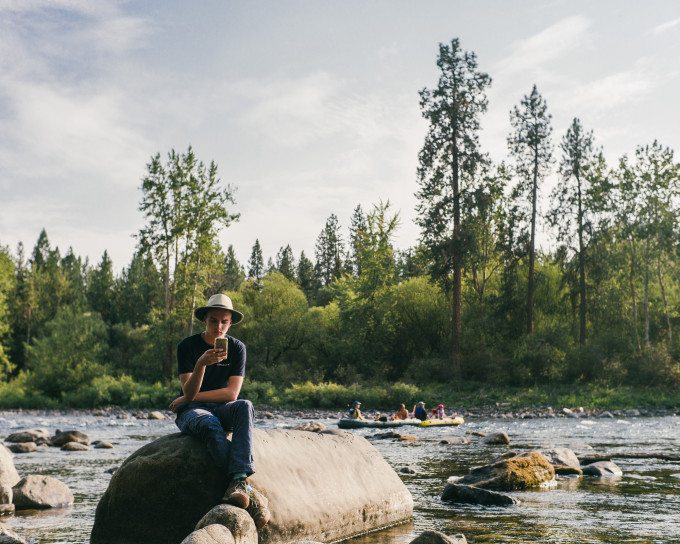
Sony A7s w/ 85mm f/2 Nippon Kogaku & 28mm f/2 – This kit has become one of my favorites to flow with, the extreme swap between the 28mm and 85mm gives me two very distinct looks that give me real creative constraints to work within. Additionally, the low light capabilities of the A7s are CRUCIAL to much of the work I do. Low Light has been the visual language I’ve fallen in love with and the A7s was an absolute game changer in allowing me to find colors and tones I never could have imagined before this system was released.
“Low Light has been the visual language I’ve fallen in love with…”
For Film, I two main bodies, my medium format Yashicamat 124g, which I’ve had since I was seventeen and is an absolute WARHORSE of a camera with stunning optics, in addition to my personal favorite piece of funky, my Hasselblad XpanII which offers some seriously awesome cinematic style work with its double wide frame. I’m a portra 400 boy through and through.
Phoblographer: You seem to shoot lots of film and digital. What makes you choose one medium over the other?
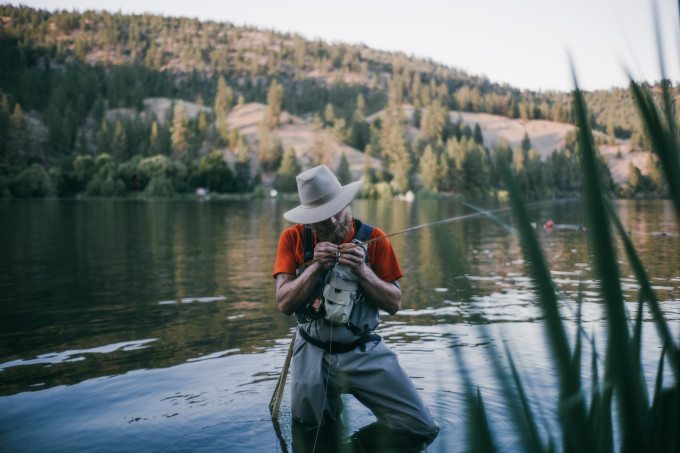
Daniel: Each medium has it’s own specific flavors, and for me film is my daylight taste, the way film handles highlights makes it much more favorable in those rare moments I shoot during the day. I always say that digital gave me darkness, and that’s something I will be INFINITELY grateful for. I’m a quintessential night owl and the ability to make work handheld after hours has been MASSIVELY helpful.
Phoblographer: When you do your culling and editing process, what’s usually going through your mind to narrow images down to the final selection?
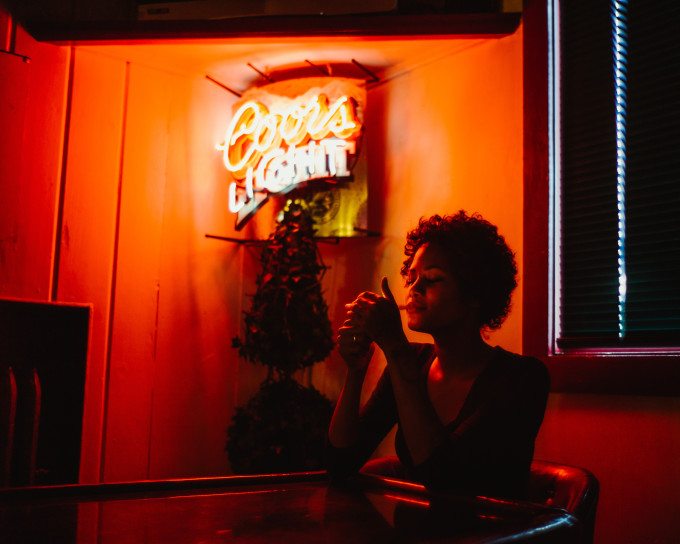
Daniel: I’m a very limited shooter, only making two or three frames per look maximum, so my editing luckily is a relatively rapid and brutal process. I’d rather call and schedule a second shoot than post an image that doesn’t meet my standards. Luckily I have a phenomenal network of subjects to pull from, all of whom are willing to deal with my detail oriented madness, which makes my selection process much, much easier.
Phoblographer: Lots of your nude portraits seem to be in a very home style setting. Is there something there that you feel specifically adds tot he environment and the look of the photos?
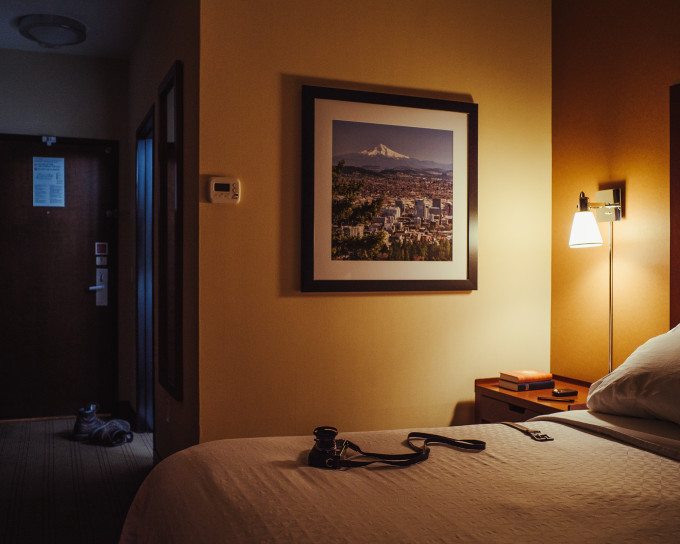
Daniel: For my form and figure work, comfort is an absolute key to the images being made, all involved should be in a mindset that allows them to be as open, casual and relaxed as possible, which allows me as a photographer to create images that show them in their absolute most honest light.
“I’m a very limited shooter, only making two or three frames per look maximum, so my editing luckily is a relatively rapid and brutal process. I’d rather call and schedule a second shoot than post an image that doesn’t meet my standards.”
As I said before, I treat my subjects like clients, and none more thoroughly so than my form and figure participants. We spend an extensive amount of time discussing looks, narrative, tone and taste before we ever shoot. Part of the reason so many of the images in this series have distinct visual differences is because the images so distinctly reflect the ideas of the people involved.
Phoblographer: Besides a solid conversational dialogue between the photographer and their subject, what do you feel are the most important things in portraiture and why do you feel that they’re so imperative?
Daniel: During my short time at Parsons, I had a professor named Graham Macindoe whom I can honestly say had the single greatest visual influence on my work. You can distinctly see the difference in my images pre-Graham and post-Graham. He instilled in me a sense that subtlety and gesture were absolutely key to creating honest and natural images. Prior to studying and working with him, much of my work has big, bold motion in order to convey what I wanted, but he made me realize that more often than not, the kind of stories I sought to tell were much better handled by small, subtle gestures.


